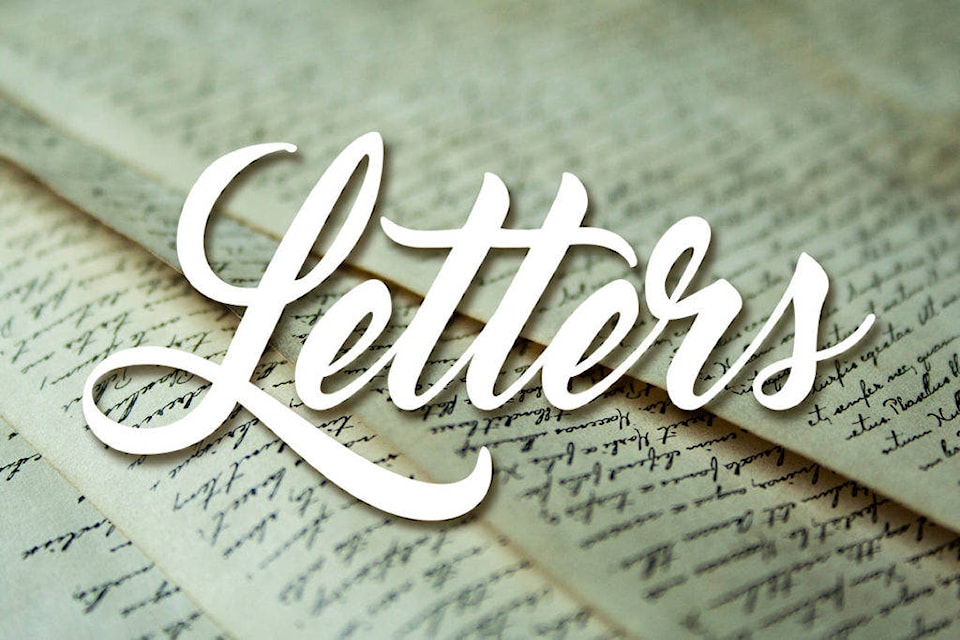Editor:
Re: “You can’t change the past by erasing it,” Interior News, March 25, 2021.
When I look back on my life, I would delete every single time that I have hurt someone through my own ignorance and lack of compassion. Wouldn’t you?
Regardless, that’s not history. That’s personal experience.
History is the story of the collective, of all of us. History shapes families, communities, nations.
It is an accumulation of actions, honest and criminal, peaceful and violent, brutal and kind and everything in between.
Some groups, at points in time, end up on top. They spin a version of their actions that makes them feel good and then, throughout human history, they erect statues of actors who star in their tales.
But statues are not history.
“Of course, these statues do not embody “history. The erection and the destruction of monuments are facts in history, not history itself.” History professor Timothy Snyder, Yale University.
If a statue is not history, then what is it?
“It’s a way of solidifying an idea and making it present to other people. So that is what’s really at issue here. It’s not the statues themselves but the point of view that they represent,” says Art history professor Erin L. Thompson, John Jay College of Criminal Justice.
“And these are statues in public places, right? So these are statues claiming that this version of history is the public version of history.”
If it’s understanding history that we want, then removing statues appears to be more productive:
“Statues do not do a particularly effective job of documenting the past or educating people about it,” says Historian Charlotte Lydia Riley.
“The number of monuments to men who enslaved other humans or who killed hundreds of unarmed civilians or who performed other horrific crimes in the service of empire, or the woman who presided over them, stands in contrast to the number of critically engaged conversations we have about empire’s crimes. Every time a statue comes down, we learn a little more.”
Erasing history is not a thing. Legions of scholars and museums ensure that. But feeling threatened by people challenging your feel-good version of history? Well. That is a thing.
We can’t go back and delete parts of this country’s history—our settler ancestors will steal children to die of abuse and neglect in residential schools, they will forcibly move, starve and coerce communities, outlaw languages and traditions, and strategically legislate First Nations people into intergenerational impoverishment.
They will remove all obstacles to this massive natural resource play that became Canada.
But we can delete our reverence for the people who orchestrated these atrocities. We can remove them from public spaces—statues, buildings, schools, streets, towns— and file them in history books. We can erase our tacit, yet very public, approval of their cruelty. It’s literally the very least we can do.
And moving on? Getting on with the big tasks?
That’s a lot easier when you’re the one who is comfortable. The one who has benefitted most from the expropriation of a country’s wealth.
The one on top.
But wait. If history helps people learn and do better, what will you do with your ill-gotten privilege now you know how you came to hold it?
Ah.
Tina Portman
Smithers, BC
